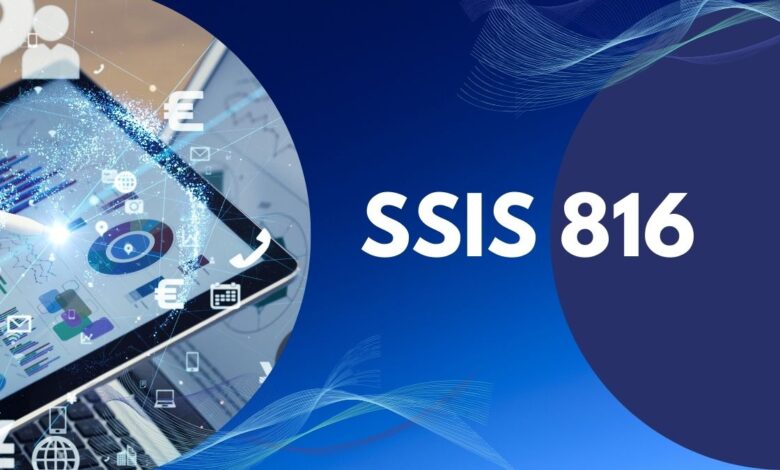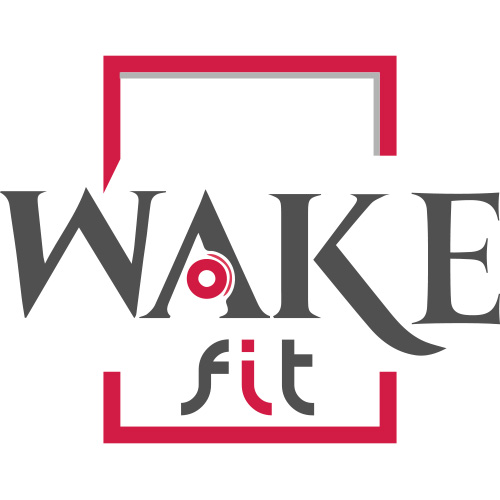Unveiling the Power of SSIS 816: A Comprehensive Guide

In the realm of data integration and transformation, SSIS 816 emerges as a powerful tool, revolutionizing the way businesses manage and leverage their data assets. In this comprehensive guide, we delve deep into the intricacies of SSIS 816, exploring its features, benefits, and practical applications.
Understanding SSIS 816
SSIS, which stands for SQL Server Integration Services, is a robust data integration tool provided by Microsoft. Version 816 represents a significant advancement in the capabilities of SSIS, offering enhanced functionality and performance optimization.
Key Features and Enhancements
Enhanced Performance
SSIS 816 boasts improved performance metrics, allowing for faster data processing and reduced latency. This enhancement enables organizations to handle large volumes of data more efficiently, resulting in enhanced productivity and streamlined operations.
Advanced-Data Transformation
With SSIS 816, users gain access to advanced data transformation capabilities, including support for complex data structures and formats. This feature facilitates seamless data manipulation, cleansing, and enrichment, empowering businesses to derive valuable insights from their data assets.
Enhanced Connectivity
SSIS 816 offers expanded connectivity options, enabling seamless integration with a wide range of data sources and destinations. Whether accessing data from on-premises databases, cloud platforms, or external APIs, SSIS 816 provides unparalleled flexibility and interoperability.
Improved Debugging and Monitoring
One of the standout features of SSIS 816 is its enhanced debugging and monitoring capabilities. With comprehensive logging and real-time monitoring tools, users can easily track data flows, identify errors, and optimize performance, ensuring smooth and reliable data processing workflows.
Practical Applications
ETL Processes
SSIS 816 is widely used for Extract, Transform, Load (ETL) processes, enabling organizations to efficiently extract data from multiple sources, transform it according to business requirements, and load it into target systems. This capability is essential for data warehousing, business intelligence, and analytics initiatives.
Data Migration
Whether migrating data between on-premises systems, transitioning to cloud-based platforms, or consolidating disparate data sources, SSIS 816 simplifies the data migration process. Its robust connectivity options and data transformation capabilities facilitate seamless migration while minimizing downtime and disruption.
Real-time Data Integration
In today’s fast-paced business environment, real-time data integration is critical for informed decision-making and agile operations. SSIS 816 enables real-time data integration by providing support for event-driven architectures, streaming data sources, and continuous data processing workflows.
Business Intelligence and Reporting
SSIS 816 plays a pivotal role in business intelligence and reporting initiatives, facilitating the extraction, transformation, and loading of data into data warehouses and analytical systems. By enabling the integration of disparate data sources and the transformation of raw data into actionable insights, SSIS 816 empowers organizations to make informed business decisions.
Conclusion
In conclusion, SSIS 816 represents a quantum leap in the realm of data integration and transformation, offering unparalleled performance, flexibility, and scalability. With its advanced features and practical applications, SSIS 816 empowers organizations to harness the full potential of their data assets, driving innovation, efficiency, and competitive advantage.



